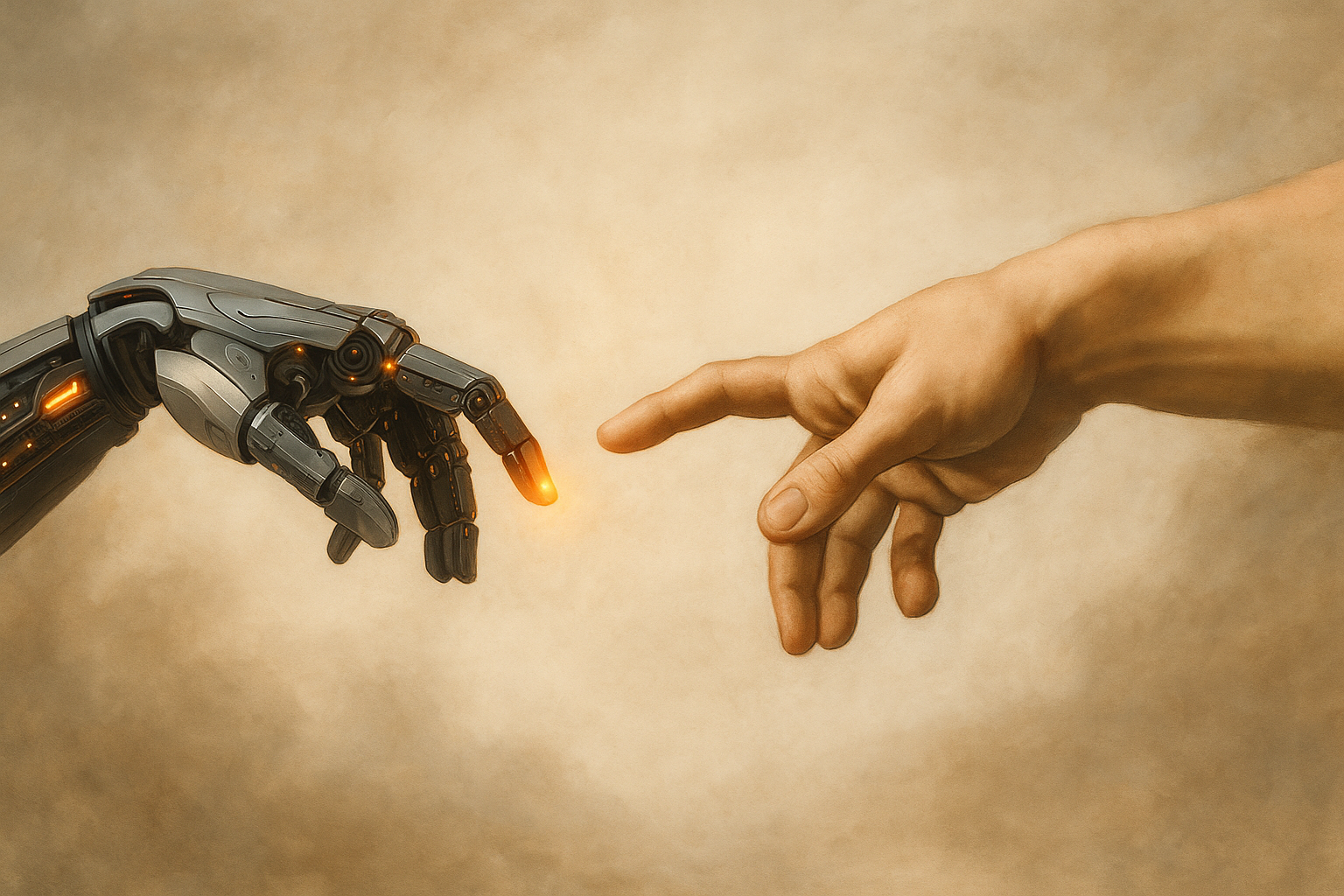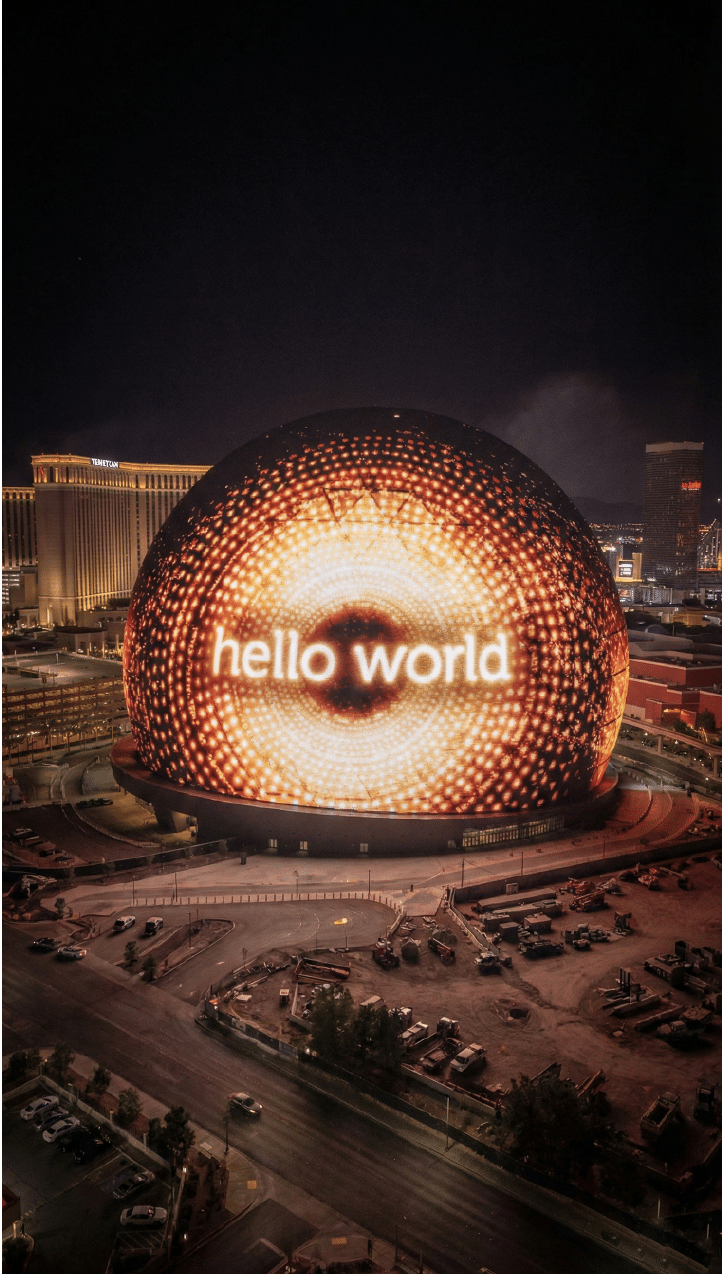The Big Question in a Data-Driven World
Will AI replace architects? It’s the million-dollar question buzzing across every design studio, construction meeting, and architecture school in the country. With AI tools popping up faster than mixed-use towers in Austin, the future of architecture is clearly shifting, but how much is hype, and how much is real?
Before you start sketching your resume in binary, let’s get something straight: This isn’t the end of architects. It’s actually the beginning of a smarter, more strategic version of architectural practice. In a world where data is king and speed is currency, AI is showing up not as a replacement, but as a partner, one that doesn’t need coffee breaks.
So no, your job isn’t going anywhere. But your role? That’s evolving.

What AI Can and Can’t Do in Architecture
Let’s get real: AI is no longer a futuristic buzzword floating around architecture studios, it’s already here, quietly reshaping how we work behind the scenes. But before we all start wondering if robots are sketching floor plans and meeting with clients, let’s break it down into what AI in architecture can actually do, and where it still hits a wall (spoiler: it’s a human-shaped wall).
What AI in architecture can do (and does well):
-
Generate design variations
Give AI a few constraints, like square footage, budget limits, zoning setbacks and it can spit out a dozen layout options before you finish your coffee. It’s fast, it’s data-driven, and it’s a great way to test ideas early on. -
Analyze complex data
AI tools can process layers of environmental, social, and spatial info to support smarter, site-specific design decisions. Think solar exposure, pedestrian flow, traffic density, all crunched in seconds. -
Simulate performance
Need to test energy efficiency or daylighting strategies? AI runs those simulations instantly, helping you spot problems before they’re built. -
Automate repetitive tasks
Feasibility studies, early cost estimates, code checks—AI thrives in these areas, giving architects more time to focus on the “big picture” thinking. -
Produce instant visuals
Some platforms now generate photorealistic renders from sketches or models in a matter of seconds. It’s like giving your imagination a fast-forward button.
What AI in architecture can’t do (and won’t for a long time):
-
Understand cultural or emotional context
AI doesn’t know what it feels like to walk through a quiet courtyard or why a space needs to feel sacred, cozy, or energizing. -
Replace human creativity
Great design is about more than solving problems. It’s about asking the right questions, telling stories, and challenging norms—things no algorithm can replicate. -
Build client trust
AI can assist, but only you can build relationships, read a room, and guide someone through a design journey with empathy and vision.
So yes, AI can draw. But it can’t dream. That’s still your job.
From Sketches to Smart Systems: Real AI Applications Today
You don’t have to imagine what AI in architecture could do. It’s already doing it. Architects across the U.S. are beginning to integrate AI tools into early stages of the design process to boost speed, experimentation, and creative exploration.
-
Midjourney / DALL·E / Adobe Firefly: Used for generating conceptual imagery and moodboards
-
Autodesk Forma: Analyzes site constraints, environmental data, and zoning information
-
Revit + AI plugins: Helps identify design clashes, optimize planning, and strengthen BIM workflows
-
AI for cost and energy analysis: Assists in predicting materials, budgets, and environmental performance
While AI adoption is still in early stages, experimentation is clearly underway, especially among younger professionals using generative tools to kickstart the creative process.
AI may not perfect a design for you, but it can certainly accelerate ideation. Think of it less like your creative director and more like a digital intern with endless energy.

Why AI In Architecture Adoption Is Still Limited (And What’s Holding Architects Back)
Despite the buzz surrounding AI in architecture, adoption remains surprisingly modest. According to the 2025 report Artificial Intelligence Adoption in Architecture Firms: Opportunities & Risks, published by the American Institute of Architects (AIA) in collaboration with Deltek and ConstructConnect, only 6% of architecture professionals currently use AI tools regularly in their workflow, while just 8% of firms have implemented AI solutions. Another 20% are in the process of exploring integration, but that still leaves a large portion of the industry waiting on the sidelines.
So, what’s holding firms back?
Common Challenges Slowing Adoption:
-
Limited real-world use cases in architecture
While AI is incredibly powerful, many tools are still geared toward general applications like text generation, image enhancement, or data cleanup—not yet tailored for architectural planning, modeling, or documentation. -
Integration with existing software
Many architects already rely heavily on complex ecosystems like Revit, Rhino, and BIM workflows. Introducing AI tools that don’t plug seamlessly into those systems adds friction instead of removing it. -
Lack of training and clarity
Experimentation with AI is being led by younger professionals, especially those under 50. Architects aged 35–50 are more likely to use AI chatbots, while those under 35 gravitate toward image generation tools. However, most of this adoption is happening without formal training, leaving many firms uncertain about how to scale AI use in a structured, efficient way. -
Widespread concerns around accuracy and security
A stunning 90% of architects surveyed expressed concerns about AI’s outputs, ranging from errors and misleading information to data security, transparency, and the authenticity of AI-generated work.
Interestingly, what architects are most excited about is using AI to automate tedious tasks and improve product research, 84% and 74% of respondents, respectively, see huge time-saving potential there.
Bottom line? The hesitation isn’t about fear of the technology, it’s about making sure the tools are relevant, reliable, and secure. As firms gain clarity and confidence, adoption is expected to accelerate, especially as more architecture-focused AI tools enter the market.
AI Won’t Replace Architects: But Architects Who Use AI Might Replace Those Who Don’t
Here’s the fun part: Architects are not being left behind. In fact, they’re charging forward. According to Chaos and Architizer, 46% of professionals are already using AI tools, and 24% plan to adopt them soon.
Even better? 60% are self-taught. Architects are jumping into online courses, YouTube tutorials, and AI experimentation with the same curiosity they brought to their first drafting table.
The new architectural skillset isn’t just about form and function anymore, it’s about fluency. Learning to communicate with AI tools, from prompt engineering to visual refinement, is quickly becoming a must-have in every studio.
As Chaos Group said: “AI augments architects. It doesn’t substitute them.”

AI in Architecture And The Human Element: Why Architects Are Still Irreplaceable
Even the smartest algorithm can’t walk a site and feel its story. That’s the job of the architect.
Architecture is more than structure. It’s place, culture, history, emotion, and community. AI can simulate a sunrise over a project, but it can’t know why that view matters to the neighborhood. It can generate ten versions of a facade, but it can’t choose the one that says, “This is home.”
The value of the human architect lies in:
- Interpreting emotion and translating it into space
- Building trust and collaboration with clients
- Responding to context with sensitivity and originality
In other words: AI can do the math, but only you can do the magic.
How to Start Integrating AI Into Your Architectural Workflow
Feeling ready to try? Start small, learn fast, and keep it fun. Here are a few ways to get AI into your practice without breaking your rhythm:
- Begin with conceptual phases: Try AI tools to generate moodboards, massing models, or early diagrams
- Enhance your BIM workflows: Use plugins that integrate directly into Revit or ArchiCAD
- Experiment with rendering: Tools like Enscape now include AI upscaling features for faster visualization
- Take a course: Platforms like LinkedIn Learning, Coursera, and specialized classes like “AI in AEC” can give you a head start
Remember: AI isn’t about perfection. It’s about acceleration. The sooner you start, the more fluent you’ll be.
Human + AI + Visualization = Future-Proof Design
At some point, every great design needs to move from idea to impact. And that’s where visualization becomes key.
AI can help you generate options. You can decide which one works. But who makes it shine for the client, the city, and the community? That’s where 3D rendering becomes a powerful ally.
At Xpress Rendering, we collaborate with architects and developers to bring early ideas to life with clarity, precision, and beauty. Our 3D Rendering Services allow you to:
- Present AI-enhanced concepts with photorealistic impact
- Validate your design vision with clients and stakeholders
- Integrate BIM data into compelling visuals
Want to see how we can support your next big idea? Explore our 3D Rendering Services and let’s bring your designs to life.

FAQs – Frequently Asked Questions About AI in Architecture
Will AI replace architects completely?
No. AI enhances productivity but doesn’t replace the creativity, cultural knowledge, or client relationships that architects bring.
How is AI being used in architecture today?
From site analysis to energy modeling and concept generation to cost estimation, AI is showing up across the design process.
What tools should architects explore?
Midjourney, DALL·E, Autodesk Forma, Hypar, Revit plugins, and Enscape AI Enhancer are excellent starting points.
What are the biggest barriers to adopting AI in architecture?
Limited architecture-specific functionality, integration difficulties, and lack of formal training top the list.
How can I start using AI in my architecture firm?
Start with early-stage design. Use AI for idea generation and visual exploration, then build confidence from there.
Conclusion: Will AI Replace Architects? The Future of Architecture Isn’t Man vs. Machine—It’s Collaboration
AI won’t take your job. But it will change how you do it. And that’s not a threat—it’s an invitation.
The future of architecture isn’t about code versus concept. It’s about combining human insight with machine power to build smarter, faster, and more sustainably than ever before.
So don’t fear the algorithm. Master it. Shape it. Guide it with your expertise. Because architecture has always been about evolving with the times.
Ready to blend creativity, strategy, and technology in your next project?
Explore how Xpress Rendering can help you bring it to life. Let’s render the future together.


